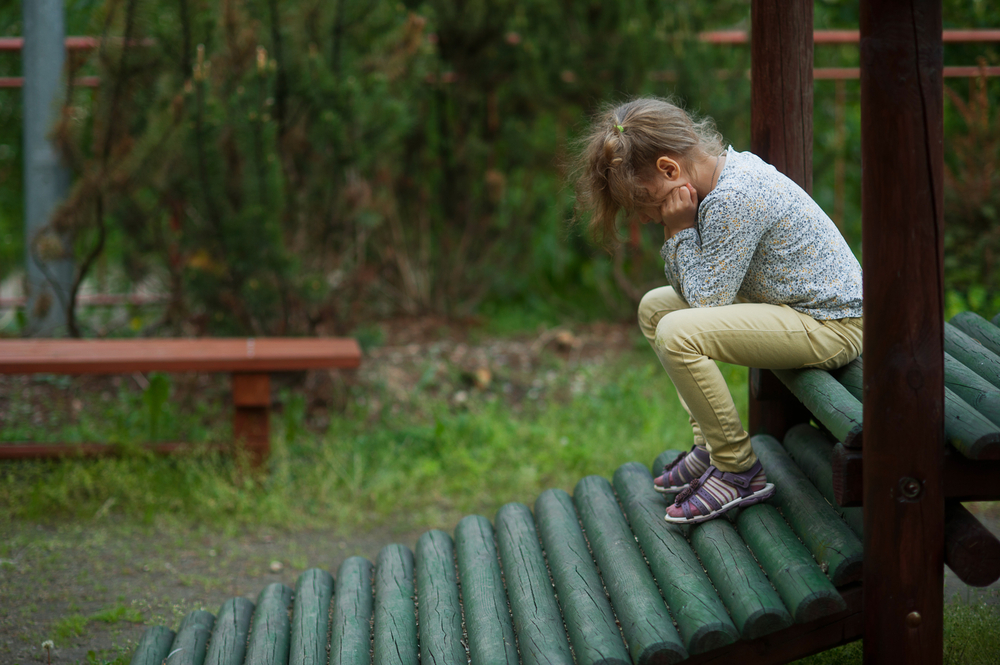As parents on a mission to protect children from disappointments, we have erased nearly every uncomfortable obstacle, depriving children of one of the most valuable lessons: Failure is part of success.
We’ve taught our kids to fear failure and, in doing so, we’ve crippled their path to success. Pre-schools have a strict policy for inviting every classmate to birthday parties. Some youth sports teams don’t keep score during games. Everyone must be included; everyone must be a winner.
Instead of protecting our children from every hardship that might come their way, feel empowered as a parent to teach them how to cope when things don’t work out the way they want.
Be Your Children’s Guide, Not Their Savior
It’s tempting to try to soothe every setback kids encounter. But that’s not always the answer. Failure is an essential teaching tool, and we can set children up for success if we teach them how to manage and overcome these obstacles.
For example, your child comes home crying that their classmate wouldn’t play with them on the playground that day. Instead of licking their wounds, encourage them to think outside the box and consider possible solutions to the problem.
Encourage Them to Try New Things
Kids tend to gravitate toward the things at which they excel. And if they’re taught to fear failure, they’re less likely to try new experiences in areas in which they don’t have a proven track record of succeeding. Fearing failure is a debilitating habit.
Be a role model and show your child that it’s alright to fail. Exemplify how to take these failures and turn them into learning experiences. Where did you go wrong and how can you improve that the next time?
Reiterate that it’s not expected for them to be the best at everything they try, especially at first. Emphasize the importance of effort and praise each improvement.
Recognize Strengths and Weaknesses
One of the reasons we fail is because every individual has a different set of strengths and weaknesses, and that’s true for children, too. We can help kids realize their strengths and weaknesses through examining their failures.
This is great, but what’s truly valuable is learning how to respond to that awareness.
Help kids understand that weaknesses simply signify areas for improvement. Those weaknesses aren’t failures. They’re opportunities.
But don’t just focus on the negative. It’s essential to praise strengths and teach children how to maximize them.
As parents, it’s easy to want to alleviate our child’s pain, but treating failure as something to avoid only does them a larger disservice in the future. Help kids understand the opportunities failures provide.

